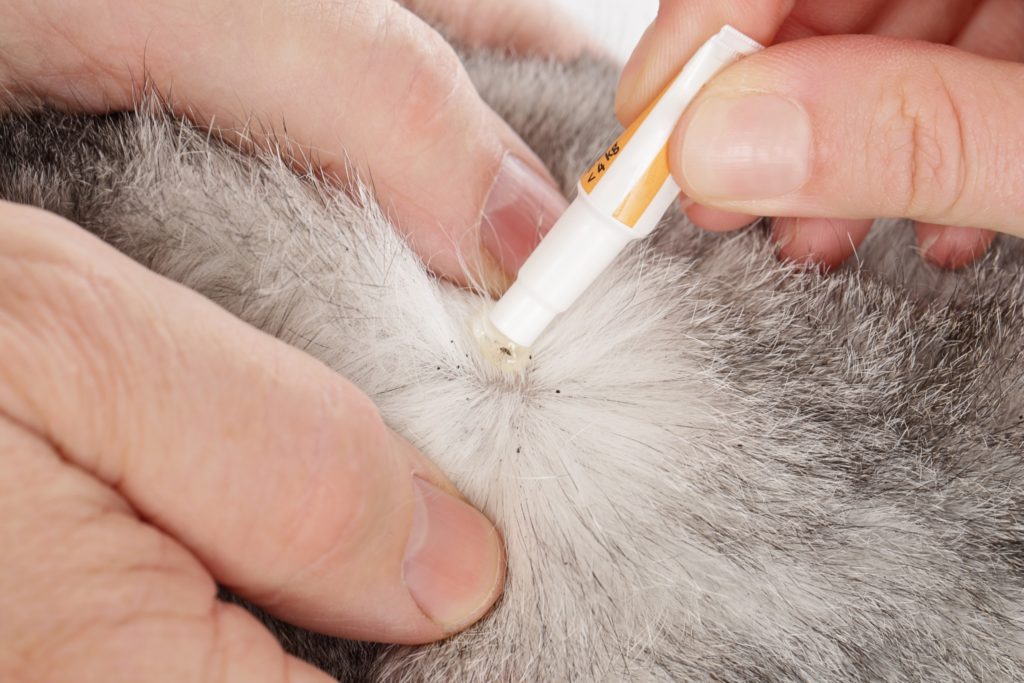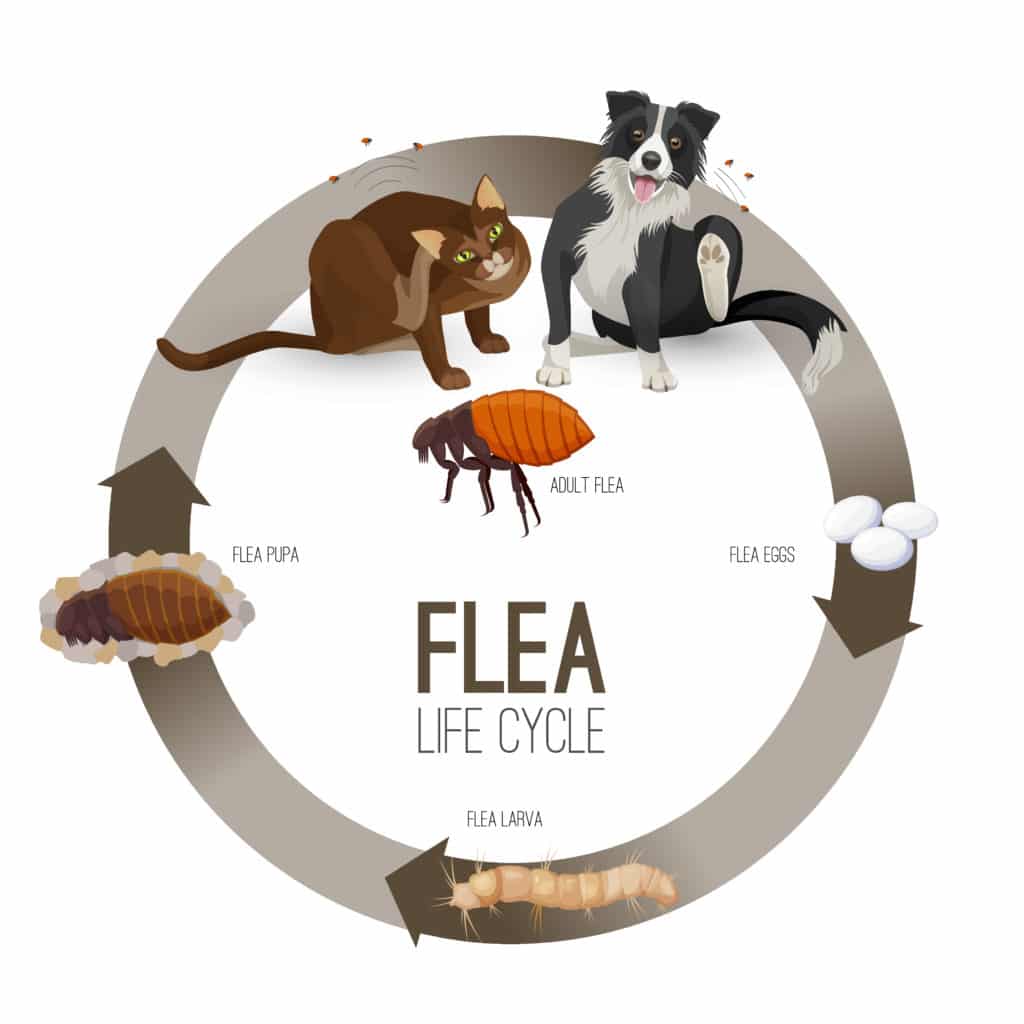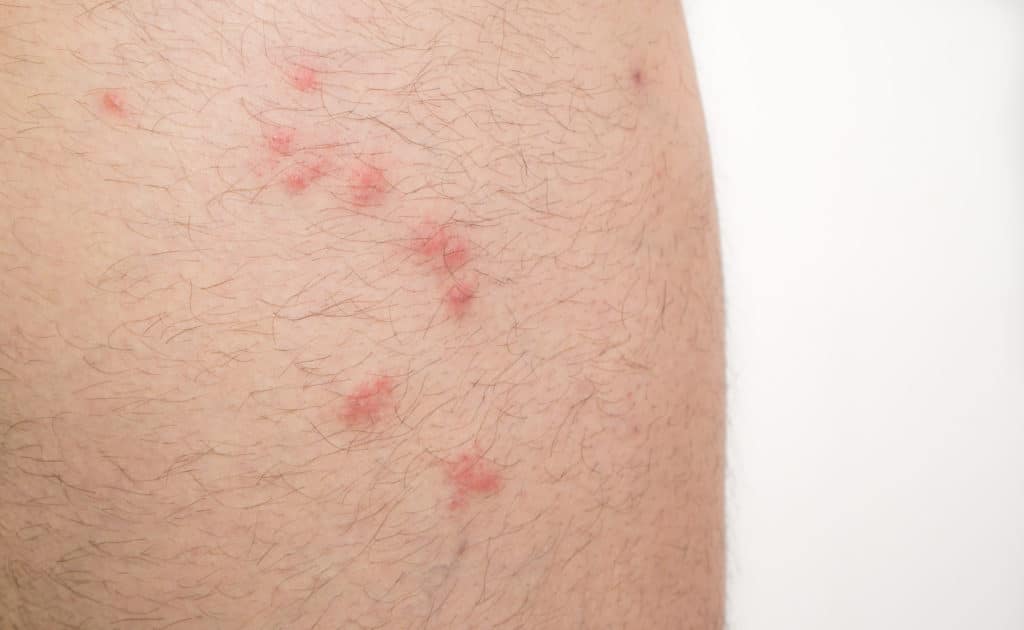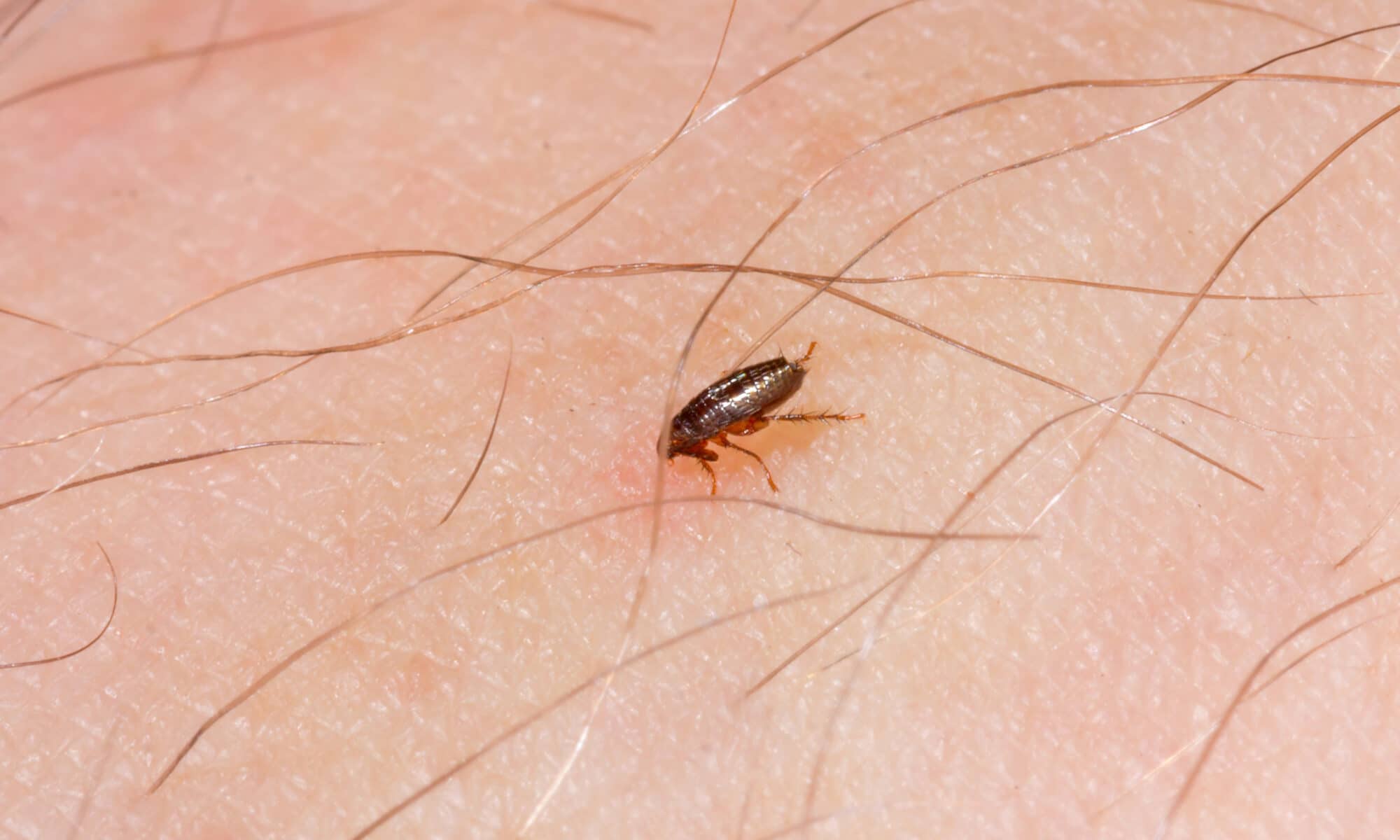
Have you ever woken up in the middle of the night to your animal incessantly scratching? Your dog could be scratching because of a common pet pest. The scratching can be from a pest, but is it a flea vs. a tick bothering your pet?
Fleas and ticks are tiny parasitic bugs that can cause people and animals irritation and transmit diseases. Though both fleas and ticks are tiny parasites, irritate, and transmit disease, they have more differences than you would think.
If your home is teeming with tiny parasites, contact Environmental Pest Management for a successful pest control service.
Pests that Affect Your Pets: Fleas vs. Ticks

The most noticeable difference between fleas and ticks is that fleas like to invade. Fleas will infest your pets and invade the inside of your home.
In contrast, ticks prefer to stay outdoors and will latch on to your pets if a suitable host wanders by. Both of these bugs have differences in characteristics, habitats, behaviors, bites, and how they spread disease.
Let’s dive into the differences!
Characteristics
Fleas
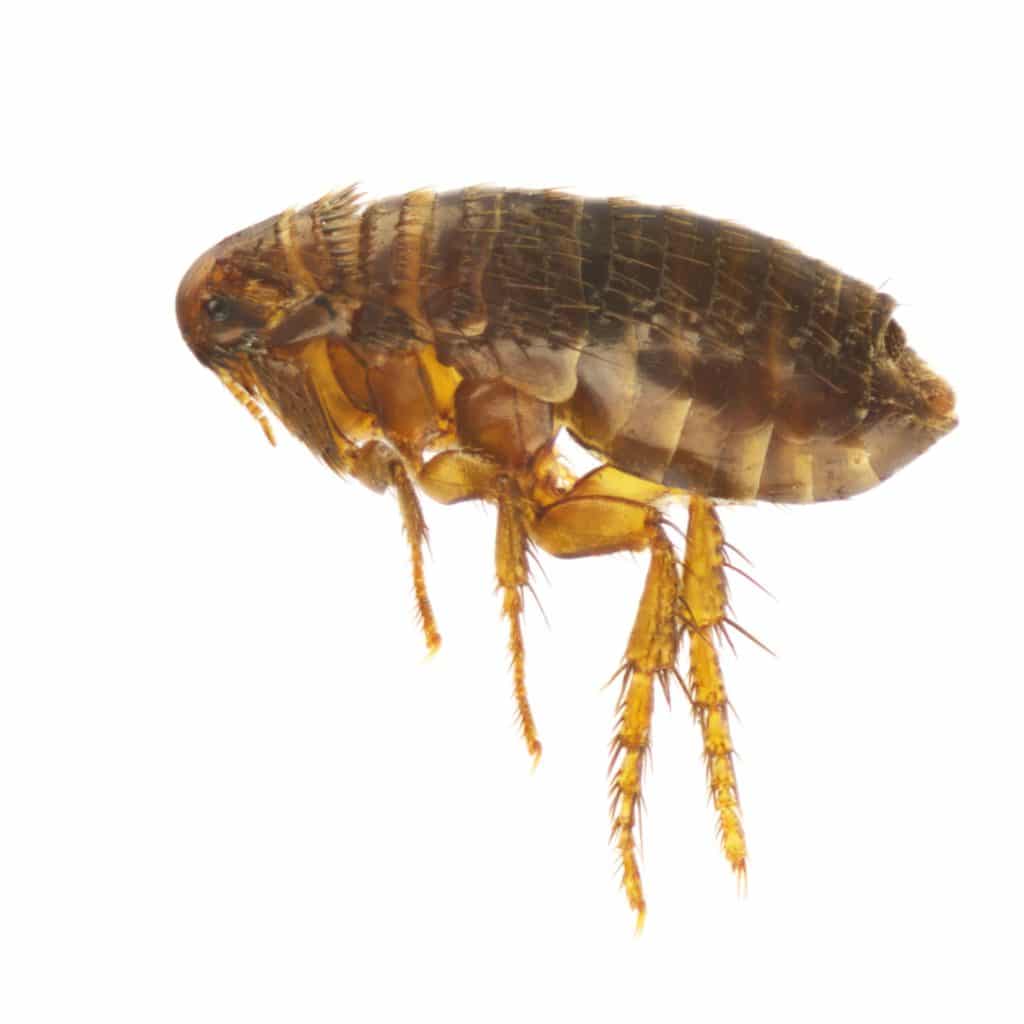
Fleas are a dark reddish-brown color. They are easy to mistake as dirt in your pet’s coat.
They have tiny backward-pointing hairs that extend from their exoskeleton. They use their extended mouthparts to feed on their host’s blood.
Although they may appear to be flying, this is not the case. They do not have wings.
Fleas use their strong hind legs to leap up to 13 inches or 200 times their body length.
Ticks
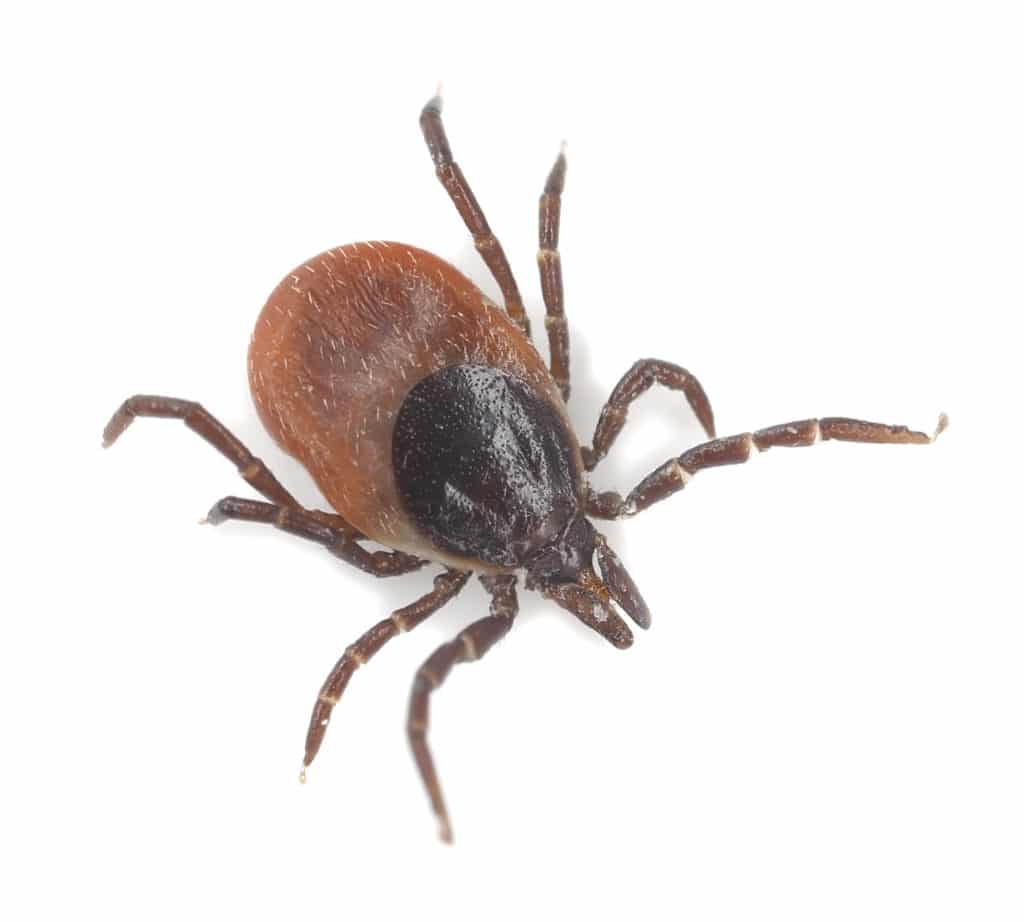
Depending on the species, ticks are usually larger than fleas. There are more than 850 species of ticks, and 90 of them can be found within the United States.
Ticks can be a black, brown, reddish-brown, grayish-white, or yellowish color. They are more of a teardrop or oval-shaped bug with a large abdomen used for feeding.
Adult ticks will have eight legs, while tick larvae will only have six. Ticks have three life stages: Larval, nymph, and adult- all of which are capable of biting. They are a close cousin to spiders.
Habitats

Fleas prefer to live in shaded areas with lots of tall grass. Since ticks cannot fly or jump, they prefer to live closer to their hosts.
They will live in wooded or grassy areas close to homes or near rat burrows or bird nests.
What weather can they tolerate? Most of the time, we think of “flea and tick season” as the warmer months.
While it’s true for fleas, they thrive in warmer environments. On the other hand, while yes, ticks thrive in warmer weather, they can survive the colder months. Some even hide underneath the snow.
Behaviors
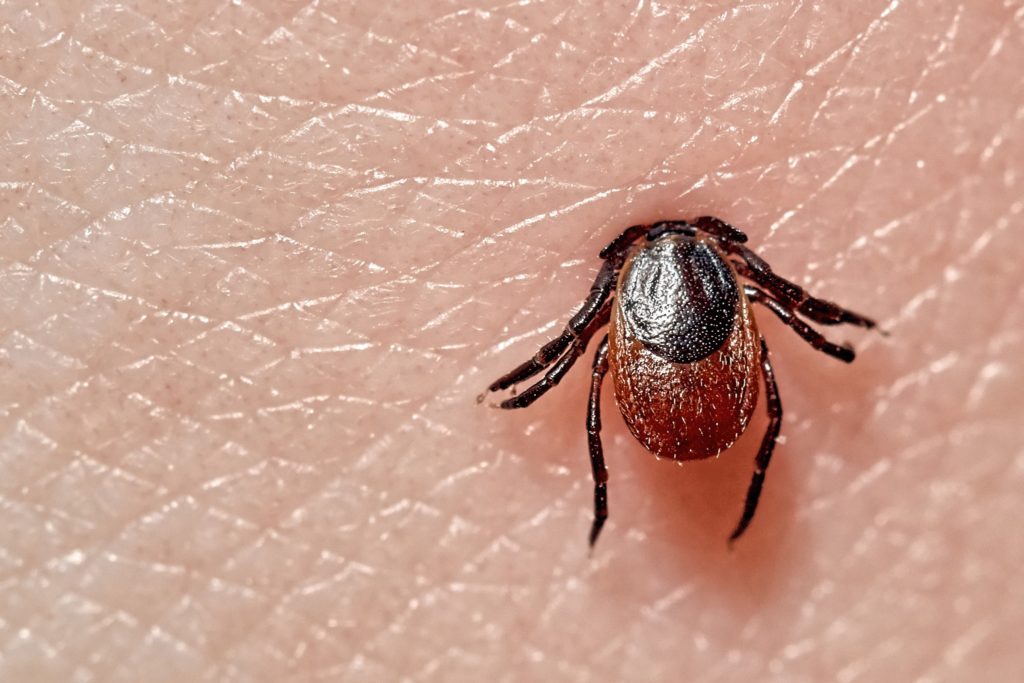
Fleas usually avoid biting humans unless there are no other suitable hosts nearby. Fleas will find one host, usually a dog or cat, and live there until they die.
On the other hand, ticks are not as particular.
Ticks will attach themselves to multiple hosts and feast for a few days until they are engorged with blood, then move on to the next. Ticks will feed on pets, deer, opossums, rabbits, rodents, and even humans.
Fleas use their powerful hind legs to jump to and from their hosts.
Since ticks can’t fly or jump, many species of ticks wait for their hosts in a position called “questing.” When questing, the tick will hold onto a leaf or grass with its hind legs with its front legs outstretched.
Then once a host wanders by that area, they will quickly climb aboard and search for a place to latch.
Fleas vs. Ticks: The Bites
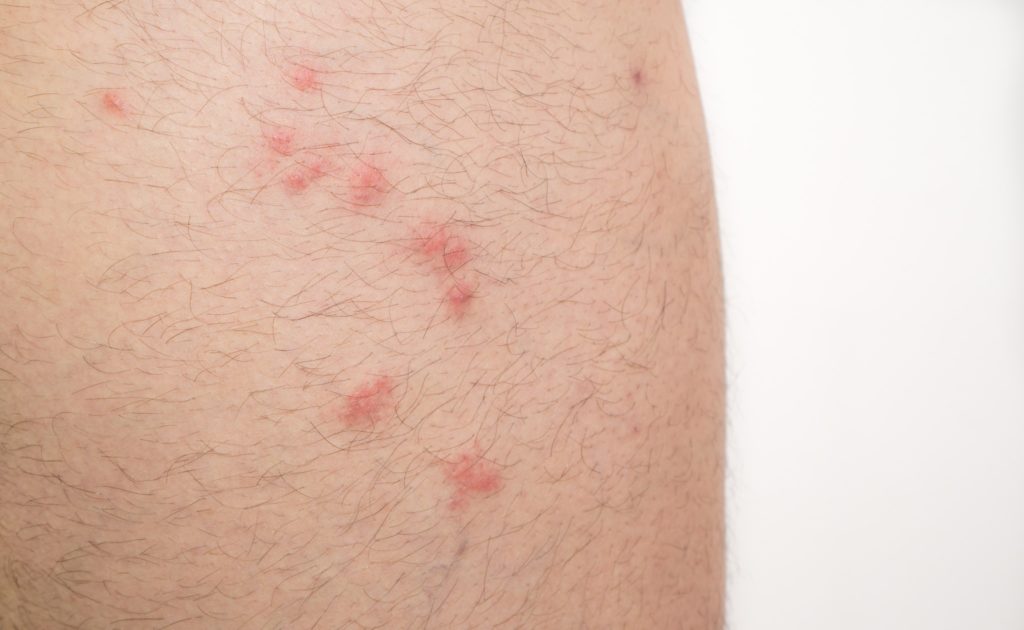
When a flea bites its host, they inject their saliva into their skin. This can cause your pet to experience skin irritation, rash, and itchiness.
When a tick bites, it is usually painless, and the negative symptoms will not appear until the tick has finished feeding. The symptoms of a tick bite can include pain at the site, swelling, rash, headache, sore muscles, or fever.
How They Spread Disease
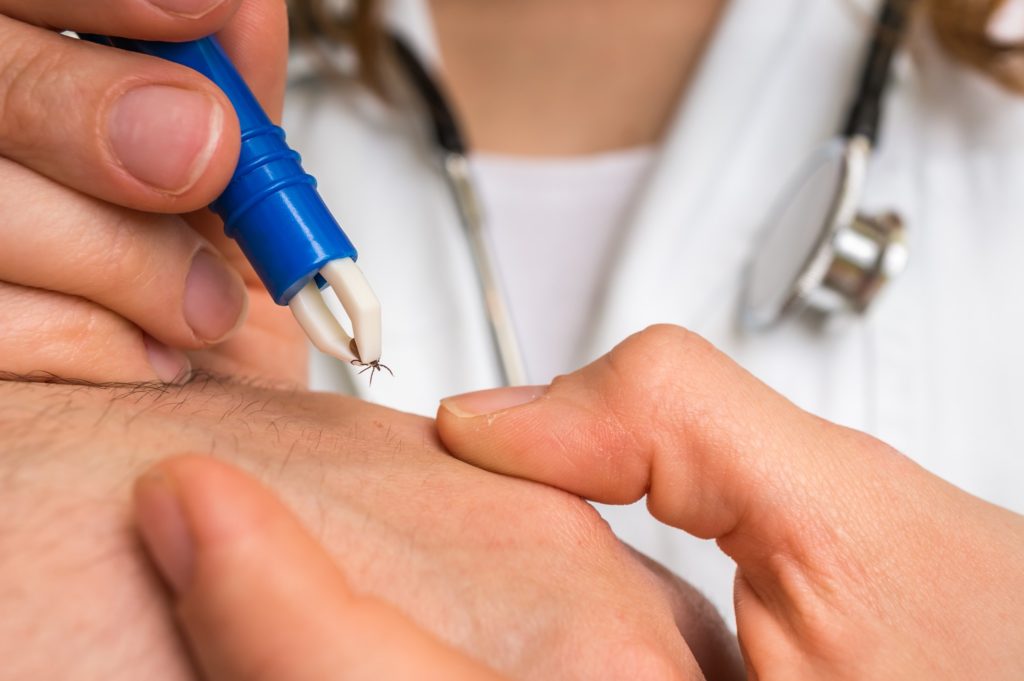
Fleas
Fleas can spread diseases such as typhus and plague. Fleas become infected when they bite an infected animal such as a rat, opossum, or stray cat.
When the fleas bite their host, it causes a break in the skin. When the fleas feed, they poop.
The poop is called “flea dirt.” The flea dirt from the infected flea can get rubbed inside the wounds.
It is also possible for people to inhale in the infected flea dirt or rub it into their eyes.
Ticks
Ticks can transmit diseases such as Lyme disease, Rocky Mountain Spotted Fever, and tularemia through feeding.
Depending on the species of tick and which life stage it’s in, it can take anywhere from 10 minutes to 2 hours to find a feeding spot on its host’s skin. Once the tick has found its feeding spot, it cuts into the surface of the skin and inserts its feeding tube.
Many species of ticks have a barbed feeding tube that helps keep them in place while feeding. They can also secrete a sticky substance to help keep themselves attached to their meal.
Before ticks bite, they can secrete a small amount of saliva that contains anesthetic qualities. The host will be unaware of the tick’s attachment.
The tick can go unnoticed in a hard-to-reach or out-of-the-way spot. Then the tick will feast on the blood slowly for a couple of days.
If the host has any bloodborne pathogens, the tick will ingest them with the blood. Tiny amounts of tick saliva can enter the host during the feeding process.
The infected saliva from the tick can transmit pathogens to the host during the feast. Once finished feeding, the tick drops off to prepare for its next stage of life.
Any acquired pathogens or diseases can be transmitted at the next feeding.
Protect Your Pets
Preparing yourself for fleas and ticks is the best way to protect you, your home, and your pets from fleas and ticks. When it comes to fleas and ticks, it is best to use prevention methods.
Keep your yard mowed and landscaped to help keep them from living in your backyard. Do not leave out any pet food that may attract unwanted animals, such as opossums or raccoons.
Talk to your veterinarian about a flea and tick treatment for your pet. And keep your pet’s bedding or carpets and rug clean to prevent flea infestations.
If you think you have a tick infestation or live near a wooded area where ticks love to hang out, call Environmental Pest Management for help. We will prevent pet pests from infiltrating your home.

